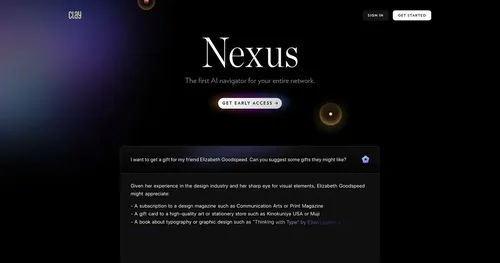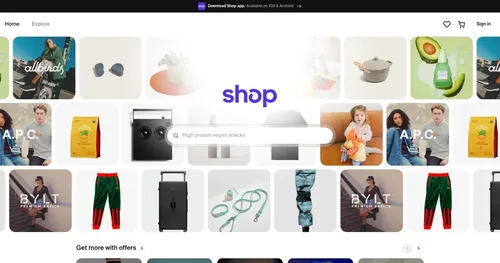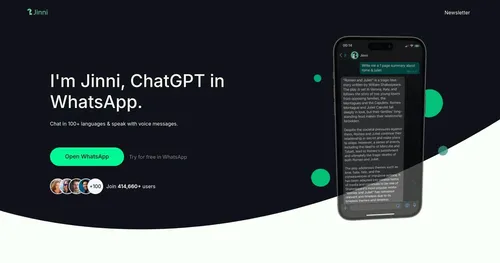NoFilterGPT
NoFilterGPT is an AI chatbot offering uncensored, anonymous conversations with a focus on privacy and multilingual support. Built on a custom GPT-based model, it draws from diverse data sources like forums and web content, allowing unrestricted dialogue on any topic, including NSFW and political subjects. All interactions are encrypted with AES techniques and purged post-session, ensuring no logs are kept. The platform supports languages like Devanagari, Chinese, and Arabic, and offers a RESTful API for developers. A free tier provides limited messages, while the Pro plan unlocks unlimited chats, image analysis, and priority support.
Key features include its no-censorship approach, enabling open discussions unavailable in tools like ChatGPT. The API, with Python, PHP, and JavaScript examples, supports integration into custom applications. Image generation and analysis are available, though accuracy in interpreting complex images is limited. The platform’s cloud-based model operates without external internet queries, enhancing privacy. User feedback on Trustpilot praises its speed and creativity, but some note occasional crashes with lengthy prompts.
Limitations exist, though. The lack of content filters increases the risk of biased or inaccurate responses, requiring users to verify outputs. Image analysis struggles with detailed interpretations, such as identifying fictional characters. The free tier’s message limit can feel restrictive, pushing users toward the Pro plan. Compared to NSFWGPT, which offers similar unfiltered chats, NoFilterGPT’s privacy features are stronger, but its UI is less polished than ChatGPT.
The tool performs well for creative brainstorming and research, delivering fast, contextually rich responses. Its multilingual support makes it accessible globally, and the API extends its utility for developers. However, users must exercise caution with sensitive topics due to potential misinformation.
For best results, use clear, specific prompts to maximize response depth. Test the free tier before committing to Pro. Verify outputs for accuracy, especially on complex or controversial topics. Explore the API documentation on GitHub for development projects.
Video Overview ▶️
What are the key features? ⭐
- Unfiltered Conversations: Allows unrestricted dialogue on any topic without censorship.
- AES Encryption: Secures all communications with advanced encryption techniques.
- Multilingual Support: Supports languages like Cyrillic, Arabic, and Japanese Kana.
- RESTful API: Enables developers to integrate the tool into custom applications.
- No-Logs Policy: Purges all interactions post-session for enhanced privacy.
Who is it for? 🤔
Examples of what you can use it for 💭
- Content Creator: Brainstorms unfiltered story ideas for creative writing projects.
- Researcher: Explores controversial topics for in-depth, uncensored insights.
- Developer: Integrates the API into apps for unrestricted chat features.
- Language Learner: Practices writing in languages like Arabic or Chinese.
- Venter: Expresses frustrations anonymously with no judgment.
Pros & Cons ⚖️
- Unrestricted dialogue freedom
- Wide multilingual support
- Developer-friendly API
- Limited free tier messages
- Risk of biased responses
FAQs 💬
Related tools ↙️
-
 FinChat.io
ChatGPT for investors, providing verified data on public companies
FinChat.io
ChatGPT for investors, providing verified data on public companies
-
 Clay Nexus
The AI-powered, context-aware navigator for all your relationships across platforms
Clay Nexus
The AI-powered, context-aware navigator for all your relationships across platforms
-
 Chatous
A conversation-based platform that can respond to numerous queries
Chatous
A conversation-based platform that can respond to numerous queries
-
 Shop
An AI-driven shopping assistant that streamlines purchases with fast, secure checkout options and personalization.
Shop
An AI-driven shopping assistant that streamlines purchases with fast, secure checkout options and personalization.
-
 Jinni
ChatGPT in WhatsApp with support for more than 50 languages
Jinni
ChatGPT in WhatsApp with support for more than 50 languages
-
Kapa.ai Transforms technical docs into an AI assistant for instant, accurate answers

